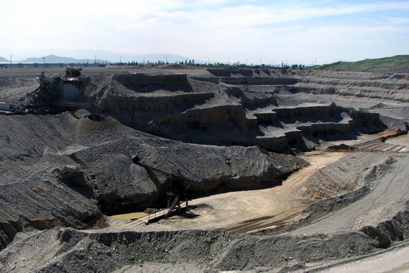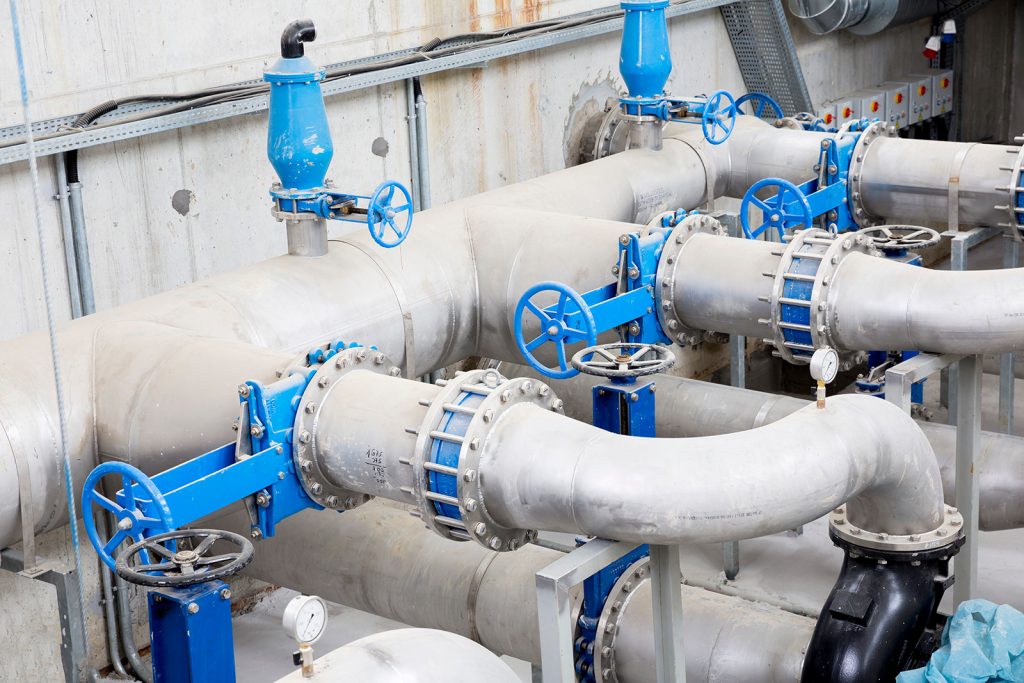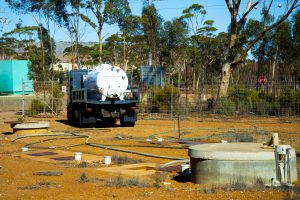Effective 1/22/2024 Applications for Onsite Wastewater Treatment System design review and Sewage Holding Tanks must be submitted to Land Use Services through EZOP. Designated Maintenance Area and Alternative Treatment System operating permit applications will still be submitted directly to EHS.
Annual Notice to Liquid Waste Vehicle Operators:
Please be advised that Environmental Health Services will no longer provide vehicle inspections at your facility. Liquid waste vehicle operators must use one of the listed pre-scheduled offsite locations listed in the notice or by appointment. See letter for details.
Land Use
What We Do
We ensure that environmental health considerations are included in development projects. These considerations include water, waste disposal, noise, vectors, and the protection of natural resources.
We also:
- Review, comment, and condition development projects in the unincorporated areas of the County.
- Provide environmental health input to various County committees, including the Planning Commission and the Board of Supervisors.
Looking for San Bernardino County Land Use Services Department?


Wastewater
What We Do
We protect public health by reviewing and approving sewage disposal reports to prevent contamination of groundwater in accordance with the Local Agency Management Program (LAMP).
We also:
- Review/approve percolation investigation (PERC tests) reports in accordance with the Onsite Wastewater Treatment System Policy (OWTS Policy) and LAMP.
- Research archival data to establish percolation rates that were assigned to given parcels in past.
- Consult with customers regarding their wastewater disposal options and requirements for individual parcels.
- Respond to citizen complaints of failing onsite wastewater treatment systems.
Local Agency Management Program (LAMP)
The Onsite Wastewater Treatment Systems (OWTS) Policy was created to meet the requirements of Assembly Bill (AB) 885 to provide consistent, statewide standards for the regulation of OWTS. The policy was first adopted by the State Water Board in June 2012, and became effective May 13, 2013. The most recent updated version of the OWTS policy was adopted April 18, 2023. The LAMP provides minimum standards and requirements for the treatment and disposal of sewage through the use of OWTS, when no connection to a sewer is available, to protect public health and safety. The LAMP was approved in 2017 by the San Bernardino County Board of Supervisors and the Regional Water Quality Control Board (RWQCB), it was then formally implemented in San Bernardino County on May 13, 2018.
Onsite Wastewater Treatment System (OWTS)
San Bernardino County requires a home builder to either connect to an available sewer system, or if no sewer system is available, to construct an Onsite Wastewater Treatment System (OWTS), also known as a septic system. Septic systems have the potential to contaminate groundwater and create a nuisance. An improper septic system design or design rate could lead to premature system failure, degradation of groundwater and other forms of contamination. Therefore, the design and siting of a septic system is critical.


In order to properly design a septic system a qualified professional must conduct a percolation test to determine the soil’s absorption rate. A qualified professional is a Registered Civil Engineer, Certified Engineering Geologist, Geotechnical Engineer, Registered Geologist, or Registered Environmental Health Specialist. EHS will review all percolation reports submitted to evaluate the testing methods, calculations, and determined design rate.
Percolation Testing
Designated Maintenance Areas
Designated Maintenance Areas or DMA are areas that do not have a public sewer system and have been determined by the RWQCB to be areas that are sensitive to OWTS waste contamination. Improper operation or maintenance of an OWTS in these areas is a serious threat to the local ground and surface water. Therefore, as an alternative to the development of a costly sewer system, an agreement was made between local residents and the RWQCB that allows residents to maintain their OWTS, with the condition that EHS staff conduct an inspection every other year.
Upon change of property ownership, DMA permits are required for the new owners. An Application for OWTS Permit/Transfer of Ownership application should be submitted, along with all required documentation as listed on the application, to EHS.
Sewage Holding Tank
A sewage holding tank is an alternative to a conventional OWTS that collects wastewater and stores it for removal. Under normal circumstances, no person or entity will install, utilize, or control the use of any sewage holding tank within the unincorporated area of the County for the confinement of sewage discharged from a dwelling, business establishment, or other facility without EHS approval. All sewage holding tanks located within the county are required to maintain an annual operating permit with EHS and be inspected by staff annually.
Liquid Waste Haulers
EHS is responsible for ensuring that operations of persons or entities who service, pump, or transport sanitary waste do not contribute to environmental or public health hazards, nuisances, and pollution. EHS must verify Liquid Waste Vehicle operators are abiding by all applicable sanitary standards by gathering and maintaining pumping records and conducting required inspections.
